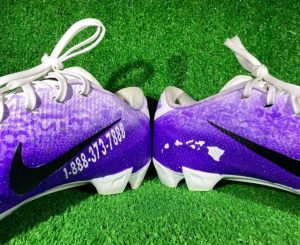MEDIA
Second Wind Fund in the News
Colorado’s youth suicide crisis is worsening. Survivors and experts say we can all help
Second Wind Fund in the News
Filter by category:

Colorado has a free therapy program for kids. Here’s how it’s going, one year in.
KUNC | By Lucas Brady Woods Published January 23, 2023 at 6:42 AM MST Colorado’s free youth therapy program has served almost 6,000 young people since it was created over a year

Colorado’s youth suicide crisis is worsening. Survivors and experts say we can all help
Molly Bohannon | Fort Collins Coloradoan Editor’s note: This story discusses suicide. If you or someone you know is struggling with mental health, please consult the video at the top of

The Denver Broncos Announce Award to Second Wind Fund
We’re proud to announce a $250,000+ commitment toward player-designated social justice programs throughout Colorado as well as individual players’ local communities as part of our #InspireChange program.

Broncos announce $250,000-plus donation to player-designated organizations through club’s Social Justice Fund
Broncos announce $250,000-plus donation to player-designated organizations through club’s Social Justice Fund Dec 31, 2020 at 09:05 AM ENGLEWOOD, Colo. — As part of the Denver Broncos’ Inspire Change program,

15-year-old boy writes open letter to Polis about impact of COVID-19 restrictions on teen mental health
15-year-old boy writes open letter to Polis about impact of COVID-19 restrictions on teen mental health Kaden Piel said he wants to raise awareness about how taking away sports and

Hawaii’s NFL players participate in ‘My Cause My Cleats’ campaign during Week 13 of NFL season
Hawaii’s NFL players participate in ‘My Cause My Cleats’ campaign during Week 13 of NFL season Author: Christian Shimabuku Read Original Article on khon2 Week 13 of the NFL season



